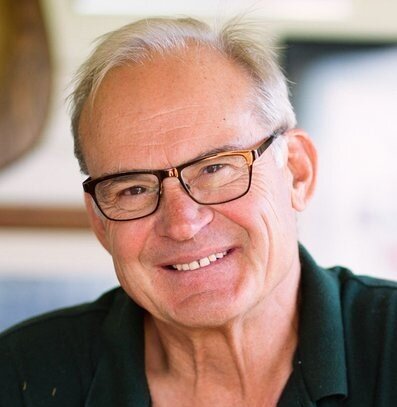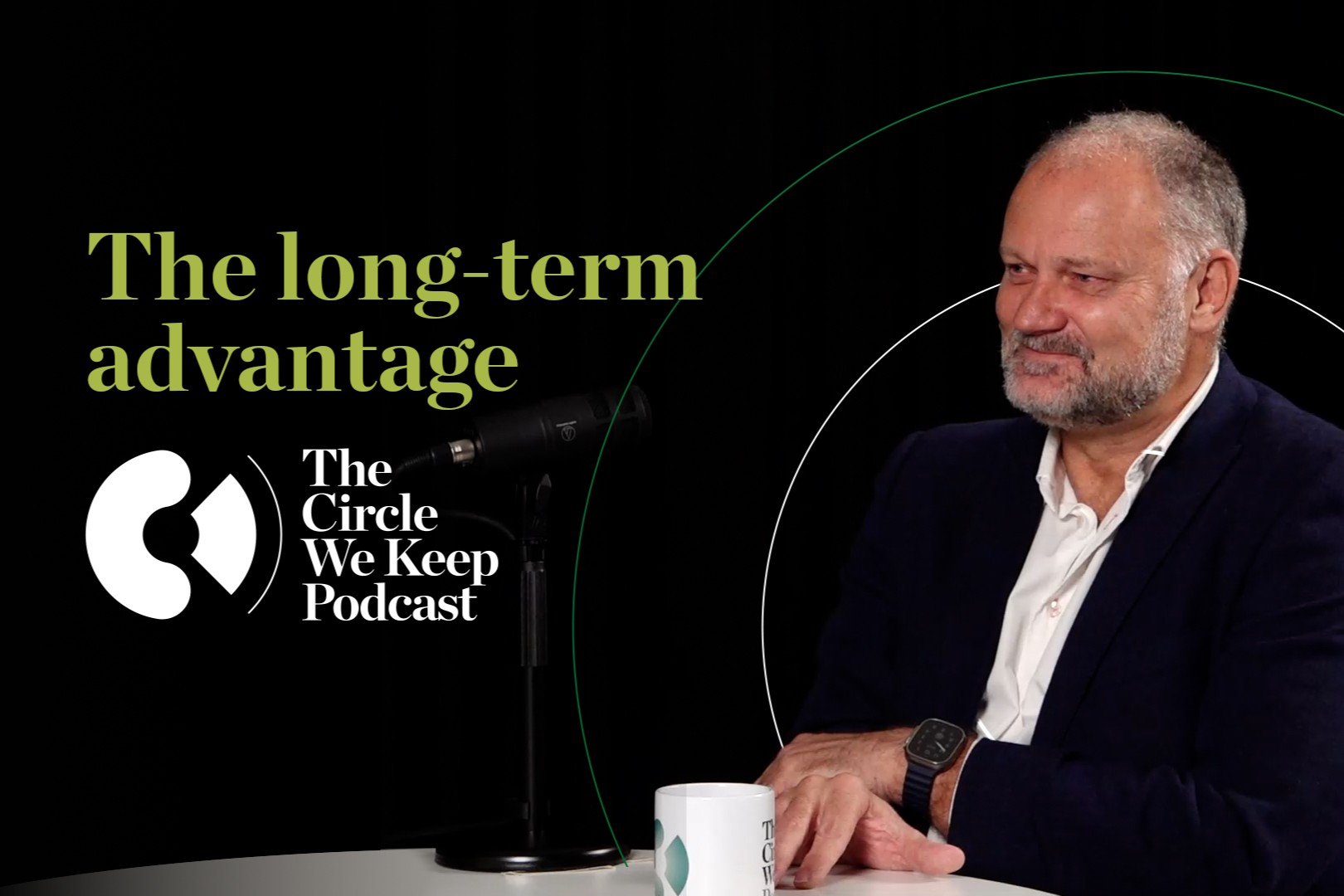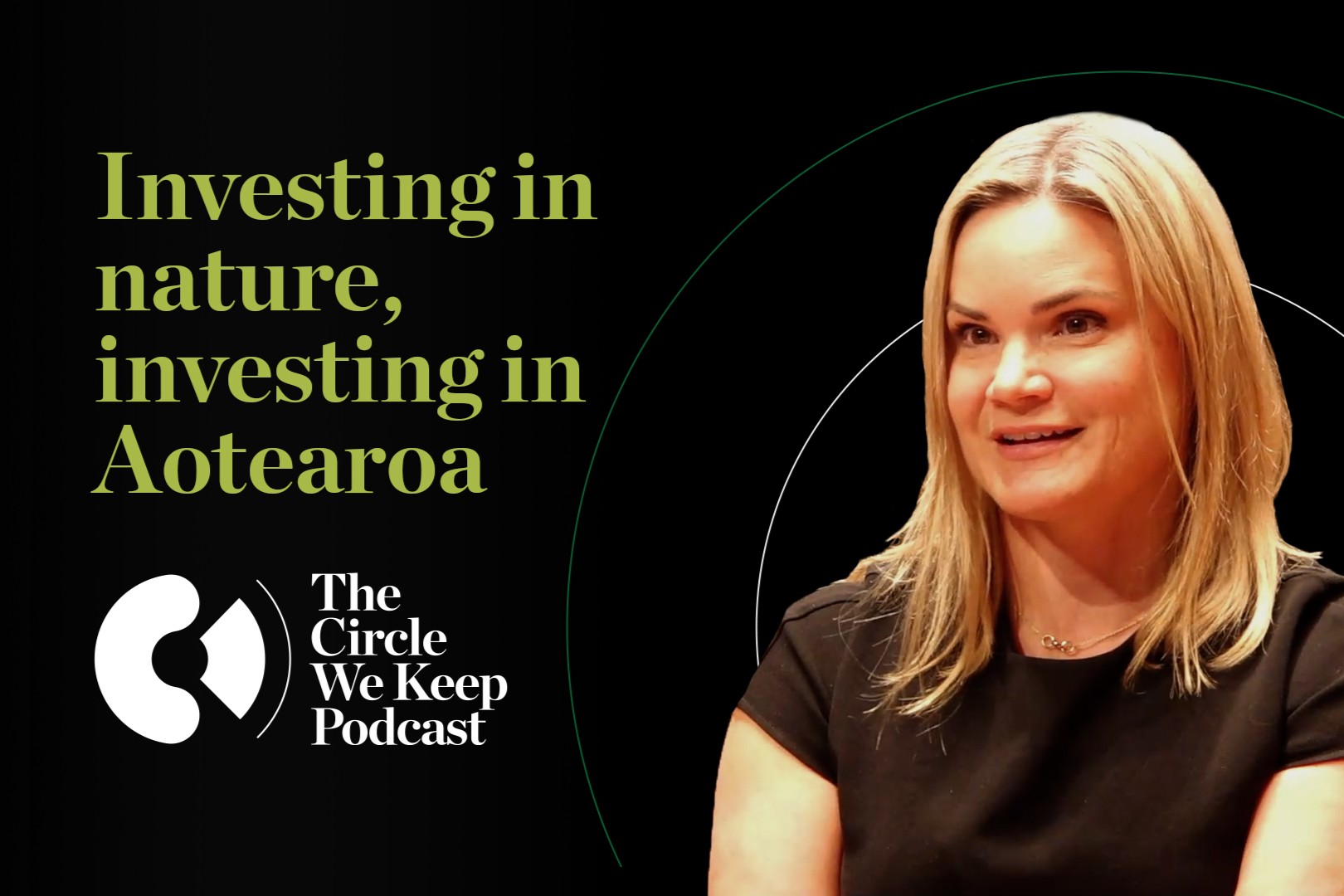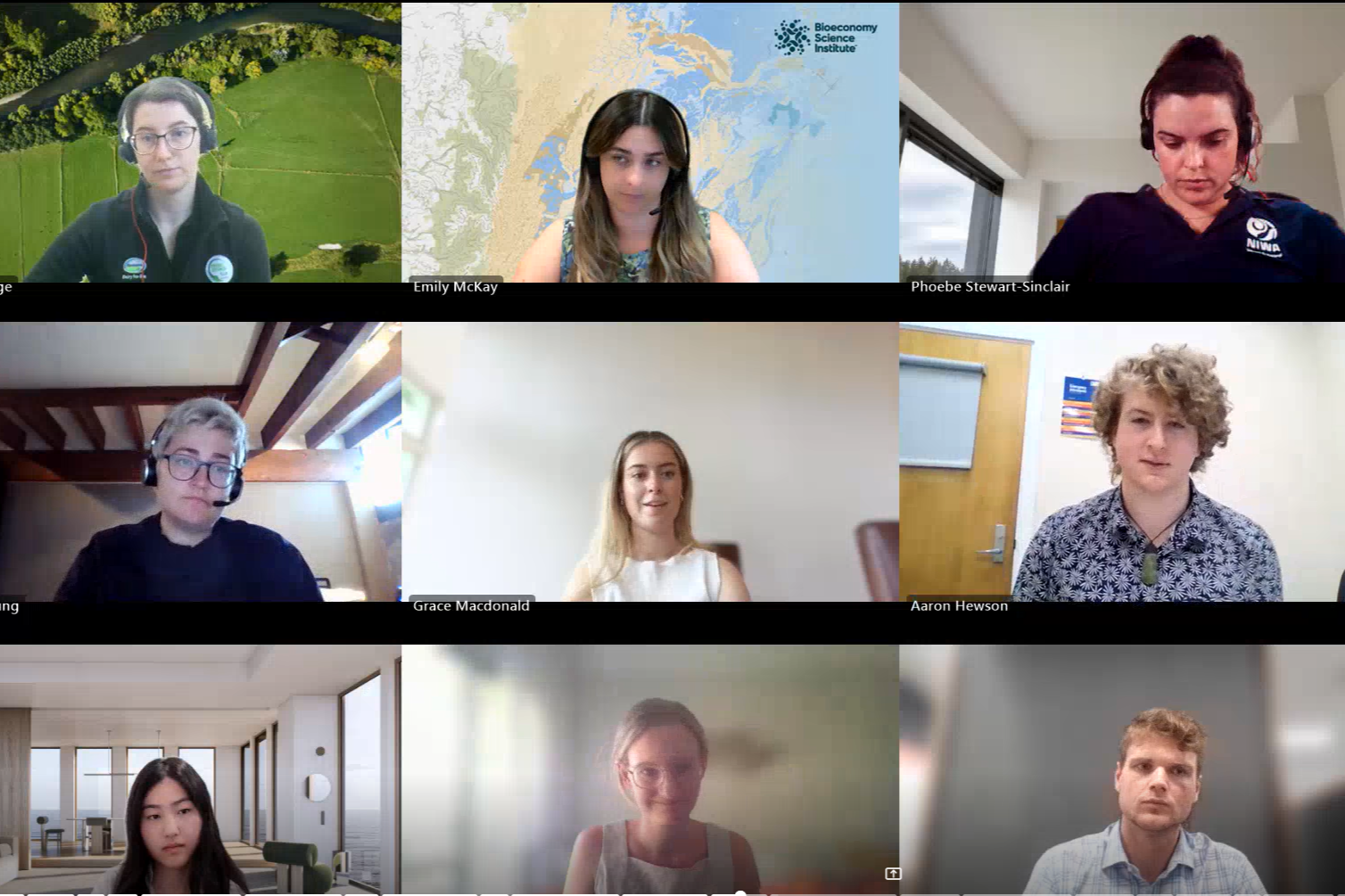By Sir Rob Fenwick, Co-Founder of The Aotearoa Circle
If I had a favourite tree, it’s the ancient Puriri standing massively in a canopy of forest at Waiheke. Miraculously spared the axe during the tragic kauri cutover more than a hundred years ago, this Puriri has often had me leaning against its gnarled length, gazing up at the leaves that were once sprinkled with ash from Rangitoto’s eruption some 500 years ago. Iwi would have appreciated this tree, and Captain Cook would’ve seen those same towering branches as he cruised the Waiheke coastline in 1769. It’s remarkable to imagine what this tree has lived through, how many others have leaned against it, drifted their hands across its trunk and sought its shelter. This tree, all trees are natural historians, keepers of our past – but they are also vital guardians of our future.
The iconic Pohutukawa is a beacon of our kiwi summer. The most prized real estate on the beach, these magnificent trees signal us with their red flags, welcoming us into their protection. In those moments - safe under their huge arms - we are grateful for trees; we see their value and marvel at their size. Yet, when all is packed up and the beach left behind for the day, the value of these magnificent providers seems forgotten.
We have taken our trees for granted. We have expected them to provide for us, to give us shelter and shade, yet have given very little back. We have used and abused them. But we need them, desperately. As our summers get hotter, relief from the scorching heat will become paramount. And yet shade is the simplest of the many ways trees help reduce a rising climate. These willing workers revolutionise our existence everyday, with every second they stand.
Trees cool the air through a process called transpiration. In the same way we sweat to cool down, transpiration draws water up through the soil by the trees roots, which then evaporates through the leaves – cooling the the atmosphere around it. Perhaps the most well understood role that trees play is in balancing carbon dioxide with oxygen. Heat from the sun or cities becomes trapped close to the earth by the co2 in the atmosphere and our global temperature rises. If we have any hope in preventing a devastating decline where our home becomes uninhabitable, we must plant more trees. We must have more trees working to extract carbon out of the atmosphere.
Of course, it’s not just us that these benefactors work for. Our trees support multiple eco-systems and lifecycles. Imagine an Aotearoa without our iconic birds; we already have a shamefully long list of threatened species. 2,788 bird species are, right now, endangered with extinction. A further 3,031 are believed to be endangered or vulnerable.
About 20 years ago the crown research institute I chaired, Landcare Research, built a towering structure over the Totara forests of Okarito; a manmade scaffold which extended above the treetops. It allowed us to observe life at every level of the canopy. A healthy forest canopy teems with life; we saw untold species of bird and insect at every level and flocks of native kakariki bursting at the top into the sunshine. It was a reminder that, as ground dwellers, we miss so much, but it’s these ancient communities that we must preserve
I am also now facing extinction. For five years, I have danced with cancer. I refuse to call it a struggle or a battle – I dance with cancer. We swing, we twist, sometimes we lift, and too often we step on each other’s feet. But my determined dance partner will end our dance before I’m ready. Time is running out for me, but it is with the profound sadness that I consider that time is running out too, for our precious environment. While my doctor has exhausted all his options, we as a nation have not exhausted ours when it comes to saving these species. This is a crisis. Time is running out for the treasures of nature that we love, and it is worth using every last breath, all of our collective energy, to save our land and secure our future.
We must make change. Move away from the 1990s economic model which valued pine over native, resulting in disasters like the one which sent a soup of mud and pine smashing into Tologa Bay’s community in 2018. We must reimagine our investment models which have favoured dairy conversions, transforming forests into farms which expose fragile pumice soils to erosion and cows to unrelenting heat. The connection between trees and animal welfare seems blindingly obvious to too few.
Two years ago, with others, I started the Aotearoa Circle, a group of public and private sector leaders committed to halting the decline of New Zealand’s natural capital. It came on the coattails of the Environment Aotearoa ‘State of the Environment’ report which showed all our stocks of natural capital; our soil, our fresh water, our climate, our biodiversity, and our marine environment were in decline. It is reasonable to predict, that in 100-200 years our biological economy would be bankrupt. It’s a horrific legacy to bequeath future generations. The Circle aims to shift the levers of investment from environmentally unsustainable extractive industries to intergenerational protection of the pillars of natural capital. And, guess what the secret to preserving New Zealand’s natural capital is? Trees.
As I contemplate my own demise, I return often in my mind to my favourite tree. That Puriri holding court in Waiheke Island. I consider this magnificent being, by far the oldest living thing I know, holding in its branches the diversity of nature, from the plump, cheeky Kererū to the magnificent Puriri moth whose habitat is the trees juicy sap. Imagine, that this Puriri could one day be the last lonely cradle that might sustain the Kererū, the Puriri Moth.. For them, like me, like so much of NZ’s bio-diversity, time is running out. I can tell you in plain English that I am dying. But while the environment might speak its own language its cries cannot be misunderstood. We know what is happening, we know what we must do – now, we must simply do it.








